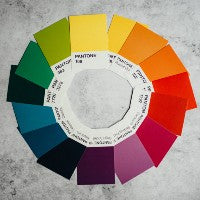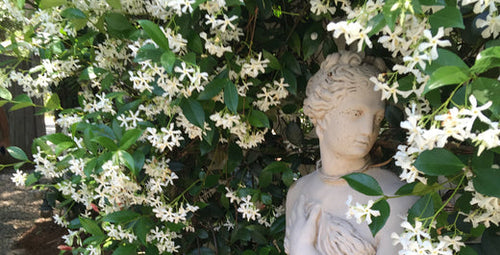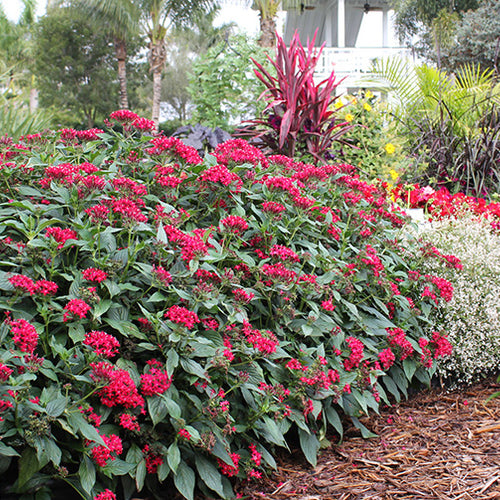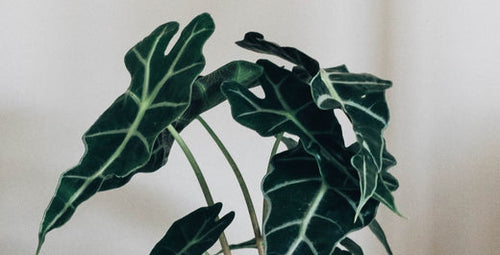Enjoying colorful flowers is one of the main reasons to plant a garden. Color is vibrant and emotional. But which colors should you choose? Your favorite color may be blue. Or you simply feel happy when you see yellow. That’s because color is also personal.

Garden Like a Painter
When you garden, you are an artist expressing your love of color, texture, and design. Your canvas is your garden,
deck, or porch – where ever you add flowers and foliage.
Using the same principles of color that an artist
does, you can create a horticultural masterpiece in your yard. Understanding the basics of the color helps you be a
more intuitive gardener, choosing plants that go well together.
To understand how colors work together,
you can use a color wheel, a visual device that shows you the relationship between colors.
Discovering Complementary Colors
As you learned in grade school art class, primary colors are red, yellow and blue. Their complementary colors are
those that are opposite them on the color wheel. Red is across the wheel from green and blue is across the color
wheel from orange and yellow. Pairing flowers that bloom in colors that are across from each on the color wheel will
always feel and look “right” together in the garden.
See red flowers and how
to use them.
See yellow flowers
and how to use them.
See blue flowers
and how to use them.
Using Secondary Colors
Secondary colors are orange, green, and purple which are created by mixing primary colors. For example, when you mix
red and yellow together, you create orange. Yellow and blue creates green. And red and blue creates purple.
When you combine primary and their secondary colors together, you create a harmonious look.
See orange flowers
and how to use them.
Have Fun!
Mixing colors in the garden is a way to "paint" your outdoor surroundings. Choosing a palette of colors for your garden will help you select plants and flowers. Oh, and it's all about having fun, so enjoy painting with flowers.
Written by Karen Weir-Jimerson

















